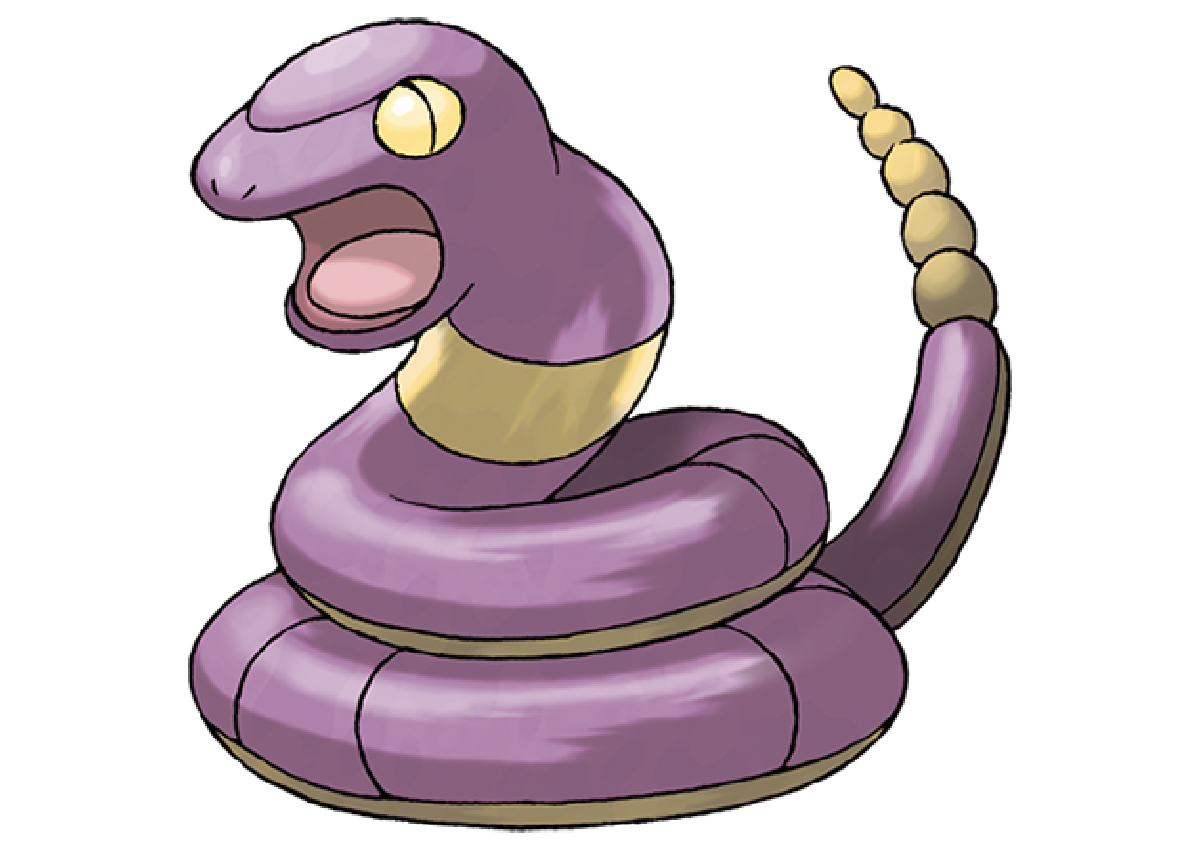Apart from Pheromosa, these other Pokemon can be found IRL in Singapore

Unless you've been hiding under a rock like a kachuak, you'll probably know that entomologist Foo Maosheng discovered a new species of cockroach in Bukit Timah Nature Reserve, and named it Pheromosa after the Gen 7 Pokemon.
If you're a Pokemon fan, confirm you can see the resemblance:
[embed]https://www.instagram.com/p/CphQTpjO8lw/?utm_source=ig_web_copy_link[/embed]
That got us thinking... what other "real-life Pokemon" exist on our Little Red Dot?
And to our surprise, quite a few!
But listen up, trainers – we don't condone catching 'em all, okay?
Let's appreciate them in their natural habitat and leave 'em all alone instead.

[embed]https://www.instagram.com/p/CaqW-_isHmv/?utm_source=ig_web_copy_link[/embed]
Real-life equivalent: Bats, like the Lesser Dog-Faced Fruit Bat – according to National Parks, there are about 25 species of bats in Singapore (out of the 1,000 bat species in the world)
The Lesser Dog-faced Fruit Bat is like the real-life version of Golbat – while other bats use echolocation to navigate, this fruit bat relies on its big ol' eyes and wing clicks to get around.
But unlike Golbat, this frugivore is pretty tiny. Weighing in at around 45g, it's closer in size to Golbat's pre-evolved form, Zubat.

[embed]https://www.instagram.com/p/B9yfJXGjIar/?utm_source=ig_web_copy_link[/embed]
Real-life equivalent: Crocodiles, like the Estuarine Crocodile
The Estuarine Crocodile can be found in Singapore's coastal areas and wetlands, but unlike Feraligatr, which is bright-blue, the Estuarine Crocodile has a brownish hue that helps it blend into its surroundings – perfect for sneaking up on tasty prey like birds and fish.
But don't worry, these crocs are usually far away from visitor areas, and won't mess with you unless you mess with them first.

[embed]https://www.instagram.com/p/CP51OarhgqV/?utm_source=ig_web_copy_link[/embed]
Real-life equivalent: Turtles, like the Hawksbill Turtle
Tirtouga are an extinct Pokemon species in the games.
And if we don't step up our game as humans, the critically endangered Hawksbill Turtle could head that way too.
These amazing turtles have been spotted in the Singapore Strait, and some female turtles have even been seen laying eggs at East Coast Park.
If you happen to come across a nesting turtle, don't freak out – just give NParks a call at 1800-4717300, stay a safe distance away from the turtle and the eggs, and make sure not to disturb any tracks left by the turtle.

[embed]https://www.instagram.com/p/BqzGNNhg6f4/?utm_source=ig_web_copy_link[/embed]
Real-life equivalent: Monkeys, like the Long-Tailed Macaque
Trainers, remember how you could find a Mankey in the tall grass early on in the original Red and Blue Pokemon games?
You can just as easily spot a long-tailed Macaque on your daily jog through your park connector.
They are super smart and inquisitive, so make sure to give them some space – don't feed them or get too close.
They're a crucial part of Singapore's natural diversity by helping to spread seeds in our nature reserves.

Real-life equivalent: Snakes, like the Paradise Tree Snake
The Paradise Tree Snake – one of the 65 snake species found in Singapore – is as bright and bold as Ekans.
If you have a keen eye, you can spot this species chillin' in our forests, parks, gardens, and even mangroves.
But here's something even cooler – these snakes can flatten their bodies and glide from tree to tree!
Sorry Ekans, but you just got outmatched by a real-life Pokemon.

[embed]https://www.instagram.com/p/CPHu5WKAl4K/?utm_source=ig_web_copy_link[/embed]
Real-life equivalent: Bees, like the White-Cheeked Carpenter Bee
The White-Cheeked Carpenter Bee creates its own burrow in dead trees or construction timber, resulting in a branch of many parallel passageways.
These Carpenter Bees are solitary creatures who stick to small groups.

[embed]https://www.instagram.com/p/BxtJOoaDvqq/?utm_source=ig_web_copy_link[/embed]
Real-life equivalent: Otters, like the Smooth Coated Otter
If Pokemon were real, we'd bet Buizel would be all over Singapore.
That's because you can spot the Smooth Coated Otter in our waterways, from Punggol to Marina Bay Sands.
These creatures can stay submerged for up to eight minutes with just one breath.
They use this skill to catch their prey, which include fish, frogs, crabs, and even turtles.

[embed]https://www.instagram.com/p/BJyun60DQTy/?utm_source=ig_web_copy_link[/embed]
Real-life equivalent: Pangolins, like the Sunda Pangolin
Check out this Sandshrew doppelganger – the Sunda Pangolin.
This cool critter uses its sharp claws to break into ant nests before slurping up its dinner.
Keep your eyes peeled for this nocturnal creature in places like Bukit Timah and the Central Catchment Nature Reserve.
Sadly, these pangolins are critically endangered due to illegal poaching for their meat and scales, which are used in traditional medicine.

[embed]https://www.instagram.com/p/CaYVaasuyoz/?utm_source=ig_web_copy_link[/embed]
Real-life equivalent: Spiders, like the Heavy Jumping Spider
Woah, check out those eyes! Both Galvantula and the Heavy Jumper Spider use these to judge distance.
These critters are not only hairy, but they also don't build webs.
Can you imagine if the Heavy Jumper Spider had the ability to shoot electrically charged silk to trap its prey like its Pokemon counterpart?
That would be seriously shocking.

[embed]https://www.instagram.com/p/CNoeNP6pgg8/?utm_source=ig_web_copy_link[/embed]
Real-life equivalent: Owls, like the Spotted Wood Owl
Measuring between 16 to 19 inches, these are the largest owls you'll find in Singapore, and they've got some things in common with their Pokemon counterpart.
They both have huge eyes and are creatures of the night.
If you're hoping to spot one of these majestic birds, head to well-wooded parks like Pasir Ris Park, Jurong Lake Gardens, or the Singapore Botanic Gardens.

[embed]https://www.instagram.com/p/CJTHDyQDB6o/?utm_source=ig_web_copy_link[/embed]
Real-life equivalent: Cicadas
When cicada nymphs are ready to become adults, they climb up a tree trunk or plant and shed their skin to emerge as winged adults, just like how the Pokemon Nincada evolves into Ninjask by shedding its skin.
And get this: the skin that's shed by Nincada also becomes a Pokemon – Shedinja! Male cicadas are known for their loud, buzzing sound, which they use to attract mates.
So, the next time you're out in the forest and hear that distinctive sound, you'll know a real-life Pokemon evolution could be in progress.
ALSO READ: Legendary: New species of cockroach found in Singapore, named after rare Pokemon
This article was first published in Wonderwall.sg.